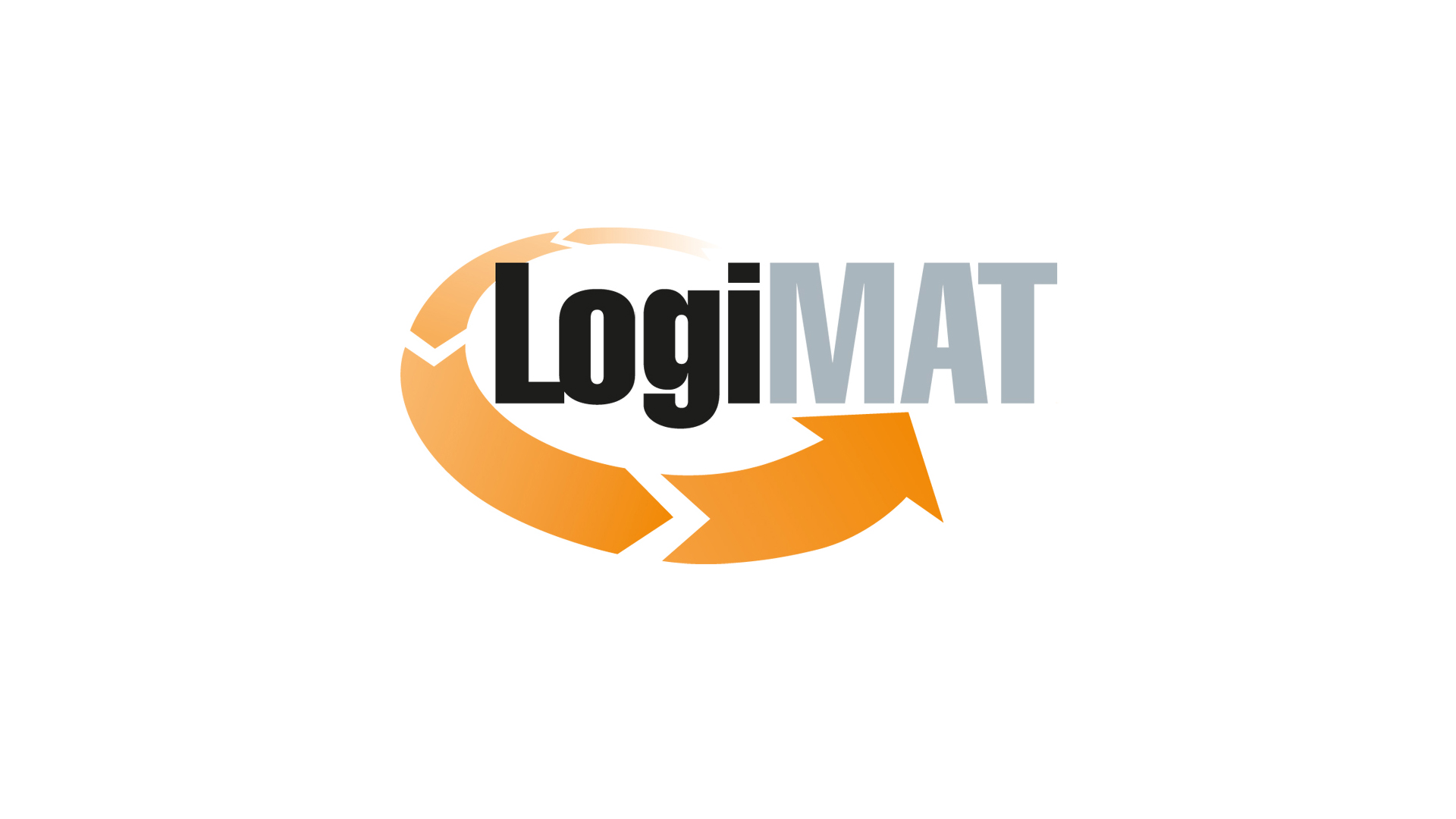Inventory management: Four steps to the optimal solution
Why strategic inventory management makes sense
Imagine this challenge in inventory management: A customer wants to buy a specific item from you. But they can’t deliver it because they don’t have it in stock anymore. This situation does not occur once but on a regular basis. As a result, more and more customers are turning to a competitor. Inventory management has become a mission-critical factor before you get it right.
Caution is also required if you maintain your stocks using paper and Excel lists or if the sales forecast is made “out of the belly”. This form of manual inventory management is extremely error-prone and often leads to high levels of safety and anxiety, which result in an unnecessary cost burden. The solution is simpler than expected: in just four steps, you can achieve professional inventory management, which…
- a constant delivery capability,
- optimal stock levels,
- flexible delivery times and
- a low capital commitment
reconciles.
Step 1: Checklist – Check your need for action
Would you rather “do it yourself” or rely on a professional software solution as part of the networked supply chain? There is often uncertainty among companies as to whether automated scheduling is really worthwhile. However, the introduction of inventory management software can only be successful if all those responsible in your company are united behind the project. For this reason, it makes sense to first check your current need for action:
Step 2: Control your IT structures before introducing inventory management software
Your inventory management requires optimization? Then step two follows. Check to see if the prerequisite for introducing a digital solution is met. You need a powerful ERP system to which the software is connected. This automatically takes from the parent systems all master and transaction data that is required for sales forecasting and inventory optimization.
These include, for example,
- Item master data
- Information on suppliers
- Replenishment times
- Purchasing conditions
- Historical sales
- Planned deliveries
Step 3: Find the right solution to optimize your inventory
Now it is important to keep an overview of the various solutions and suppliers. See what your core industry requirements are. For example, do you have a large number of variant items or do you have to plan across stock? When choosing a solution provider, make sure that they know your industry from previous projects or specialize in this area. Please ask for relevant references. Another criterion is the possibility of a free trial run before project implementation, in which, for example, sales forecasts and analyses are calculated. An experienced solution provider is also able to determine the return of investment (ROI) – for example, by taking into line with the cost savings achieved by introducing inventory management software.
Another tip: The inventory management software of your choice should not only cover the specifics of your user industry, but should also be independent of the ERP system used. If you make changes to the system—for example, as your business grows—or you choose a new ERP solution, it doesn’t affect inventory management software.
Step 4: From Conception to Go-Live: Introducing Inventory Management Software
Almost done: The decision for automated inventory management has been made, the right provider has been found – now the practical project implementation starts. In the design phase, you define your requirements and responsibilities in the company. An actual target analysis indicates where the journey should go. The software is then installed. The test phase is used to put the system through its paces and to correct any errors. Before the actual Go-Live, all employees receive intensive training so that they can work independently with the system. Finally, the new software is powered up – usually on weekends, so that there are no delays in delivery due to the changeover.
There are still two questions to be resolved: the duration of the project and the profitability of the investment. Depending on the complexity of the project and the special requirements of the industry, implementation takes three to six months. The best news comes to the end: after only one year, the solution has paid off. You now benefit from significant time and work savings in scheduling and have improved your liquidity. And this without having to take a risk: With a modern inventory management software, there is the option to initially add only a part of the product range or individual suppliers to the system.
Would you like more information? Then we recommend our guide “Avoid out-of-stocks – increase availability”, which is available for free download.


